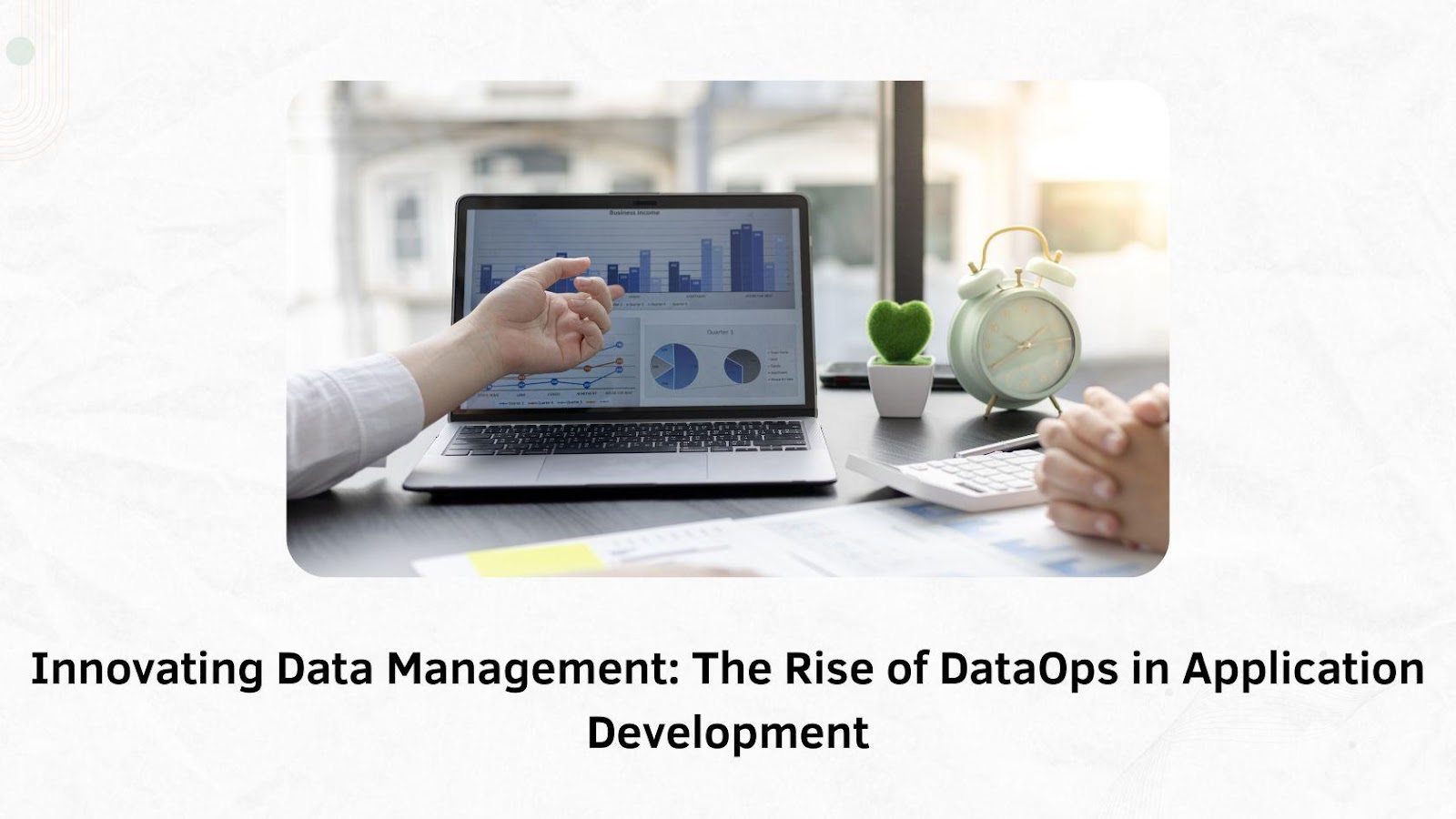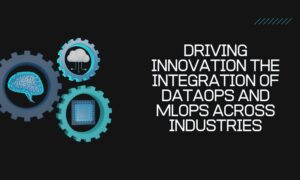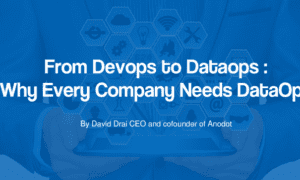In a rapidly changing digital landscape, organizations are increasingly recognizing data as a vital strategic asset rather than just an operational byproduct. Lakshmi Narayana Gupta Koralla‘s recent article examines how DataOps, a transformative methodology, is revolutionizing the way businesses manage their data. By integrating data management with modern software engineering practices, DataOps enables more efficient, reliable, and value-driven ecosystems. As the demand for real-time data and data-driven decisions continues to rise, the role of DataOps becomes more central to application development and innovation.
The Evolution of Data Management: Bridging the Gap
The concept of DataOps emerged as a response to the limitations of traditional data management methodologies. Historically, data management was often disconnected from the development process, relying on cumbersome manual workflows that delayed insights and decision-making. As digital transformation accelerated and data grew exponentially in volume and complexity, it became clear that a more integrated approach was necessary. DataOps represents this new paradigm by automating and streamlining data pipelines, making them as agile and efficient as code deployment processes.
DataOps: A Shift Toward Data-Centric Application Development
DataOps adapts DevOps principles to data workflows, automating tasks like data acquisition, transformation, and deployment. It introduces continuous integration and delivery (CI/CD) for data pipelines, treating data as a core element throughout the application lifecycle. This approach enhances data delivery speed and reliability, fosters collaboration between technical teams and business stakeholders, and ensures high-quality, timely data, leading to a more agile and data-driven organization.
Automation and Orchestration: The Heart of DataOps
A critical innovation in DataOps is its emphasis on automation. Data pipelines that were once manually set up and maintained are now automatically orchestrated, reducing human intervention and the risk of errors. Tools like Apache Airflow and Prefect enable the creation of programmatic workflows, while technologies like Docker ensure consistent environments for data processing. This automation extends beyond pipeline creation to include quality assurance, version control, and real-time monitoring, ensuring that every stage of the data lifecycle is optimized for performance and reliability.
Collaborative Frameworks: Breaking Down Silos
DataOps fosters collaboration by breaking down silos, bringing together data engineers, scientists, and analysts within shared governance frameworks. The data mesh model organizes teams around specific domains, promoting agility and flexibility. This collaborative approach ensures that data is accessible and valuable, creating a cycle where the right data is always available.
Real-Time Data Processing: A Competitive Edge
In today’s fast-paced business world, the ability to process and analyze data in real time is crucial. DataOps supports this need through innovations in stream processing and state management. Technologies like Apache Kafka and Flink enable organizations to process large volumes of real-time data, allowing them to react quickly to changing business conditions. Advanced DataOps frameworks also incorporate backpressure handling and sophisticated error management techniques to ensure that even in high-volume, high-velocity environments, data remains consistent and reliable.
Governance and Compliance: Ensuring Data Integrity
Data governance is a key element of DataOps, ensuring data accuracy, security, and regulatory compliance. Unlike traditional systems, DataOps integrates governance throughout the pipeline, automating compliance checks. This approach is vital in industries like healthcare and finance, where regulations like HIPAA and GDPR are critical for maintaining data privacy.
The Future of DataOps: Artificial Intelligence and Beyond
The future of DataOps will be shaped by advancements in AI and ML, enhancing automation in areas like predictive analytics and data drift detection. As organizations adopt these technologies, DataOps will evolve to support complex data workflows, especially in distributed systems like edge computing and cloud-native architectures, ensuring data remains accessible, actionable, and optimized.
In conclusion, DataOps transcends traditional methodologies to redefine how data is managed and utilized as a crucial business asset. By implementing automated data pipelines, embedding governance throughout the process, and promoting interdepartmental collaboration, DataOps empowers organizations to fully exploit their data capabilities. This approach is vital as the need for instantaneous, high-quality data intensifies. The insights from Lakshmi Narayana Gupta Koralla’s article illustrate that as we move forward, the adoption of DataOps will be crucial for companies striving to stay competitive in an increasingly data-centric world.

































